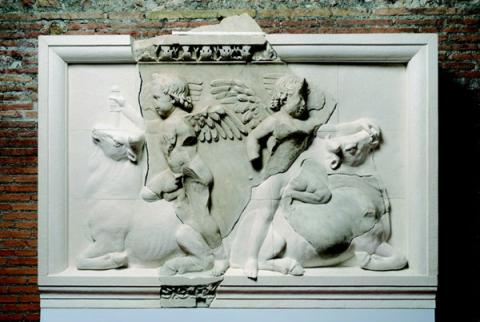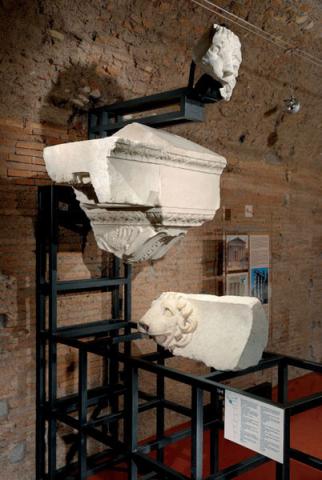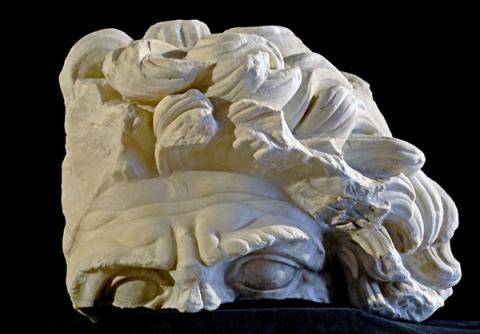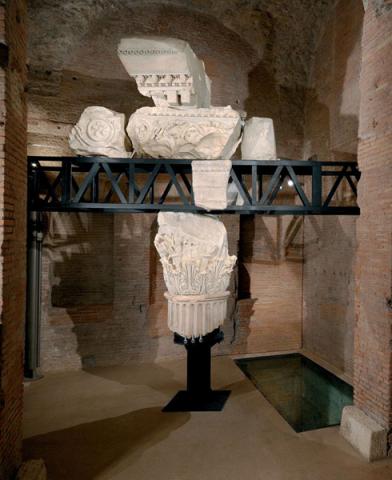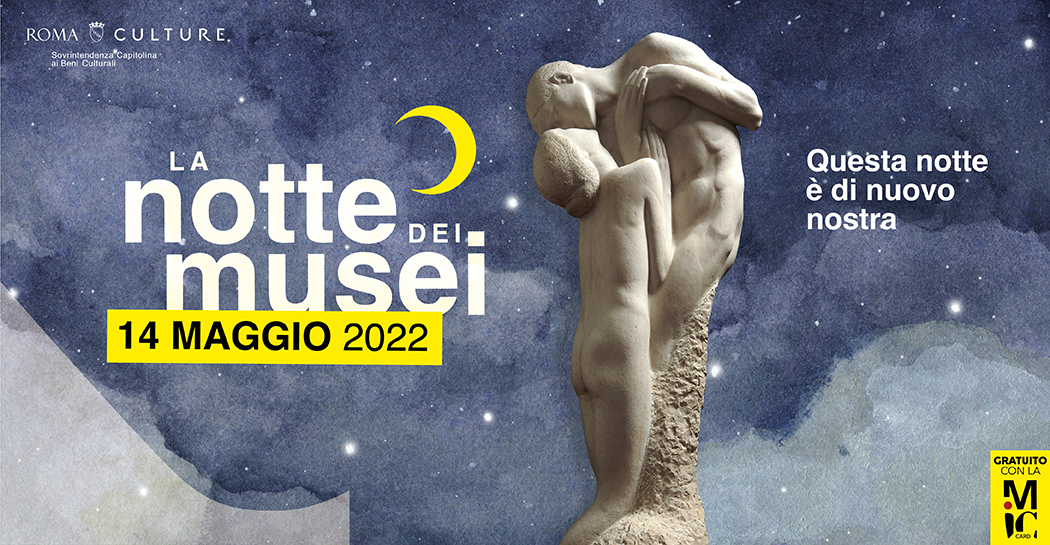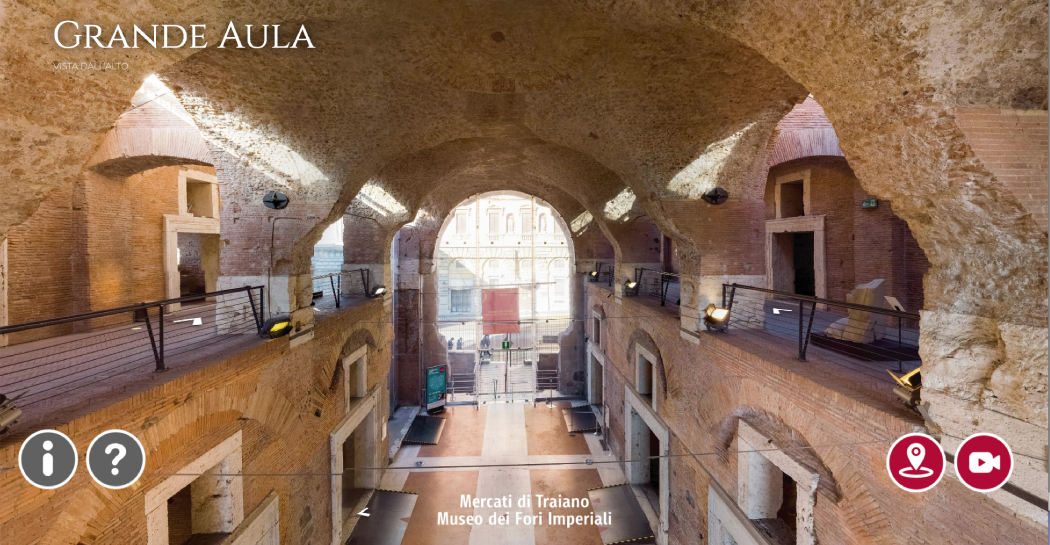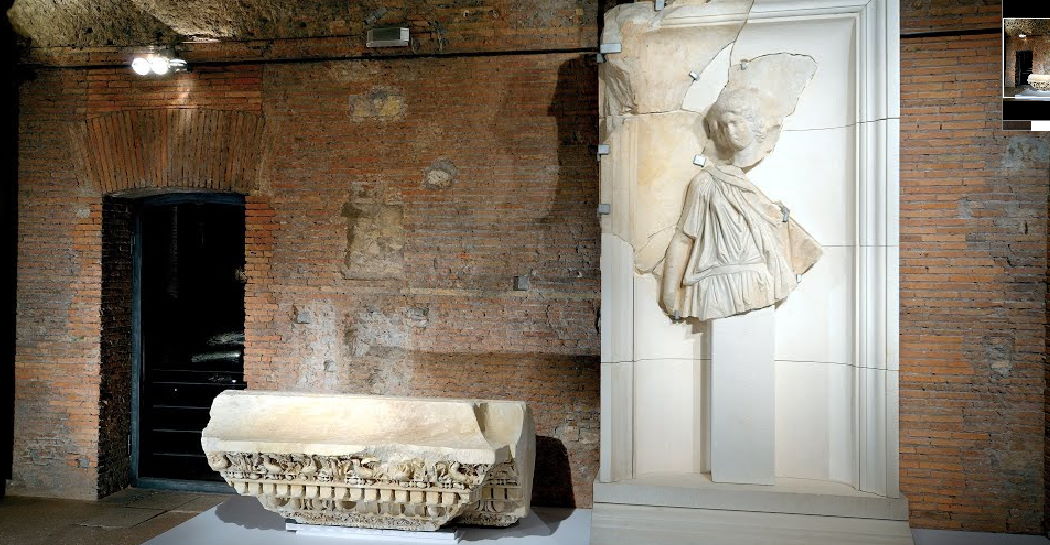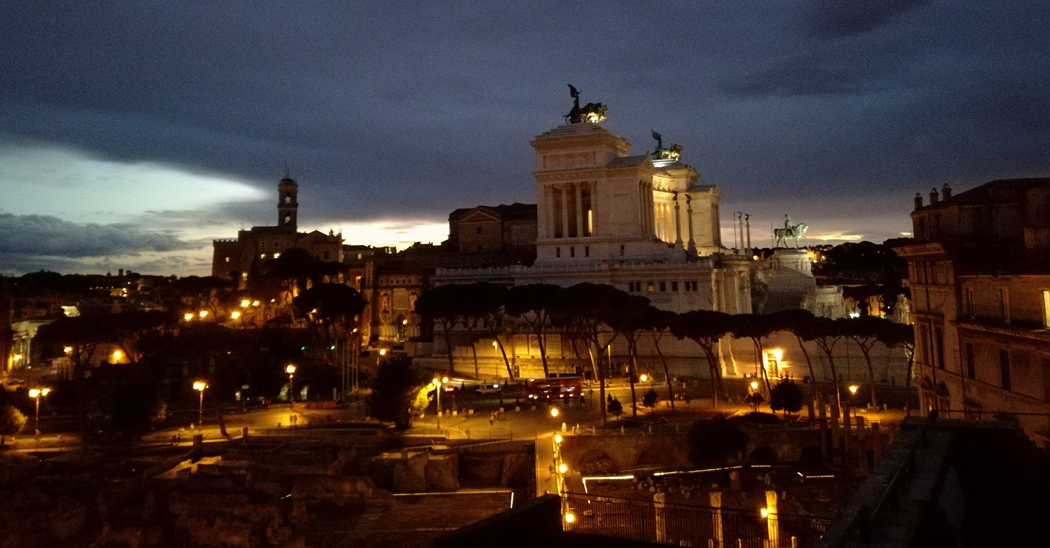Synesthesia
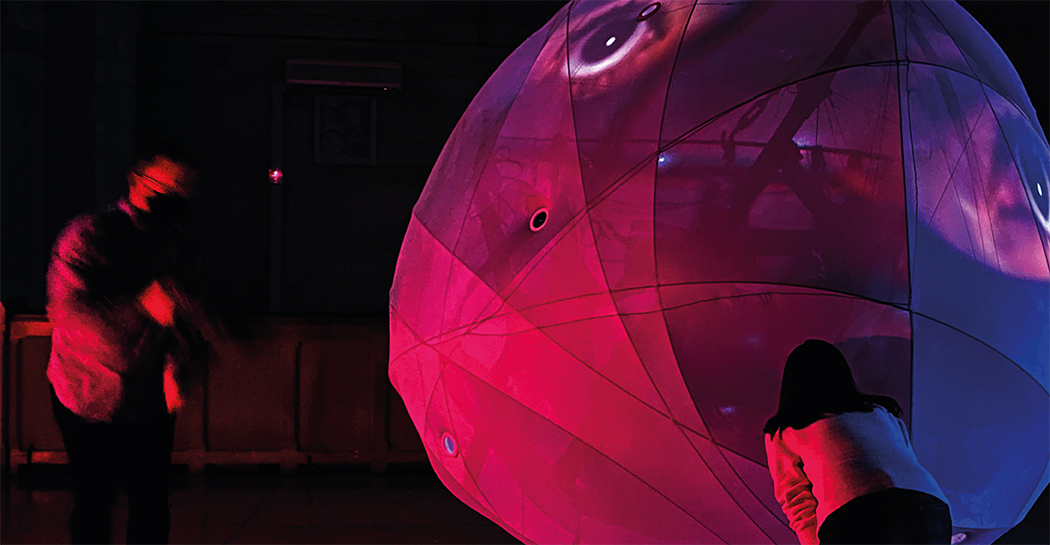
At the Mercati di Traiano the interactive and multisensory exhibition Synesthesia. For the first time in Rome, the mobile artwork by Severino Alfonso and Loukia Tsafoulia created by the Synesthetic Research and Design Lab, Thomas Jefferson University in Philadelphia, College of Architecture and the Built Environment.
One irregular and smooth sphere with floating effects of light and sound that invite the visitor to approach it to engage in a sensory conversation with the object and the environment. Synesthesia is the name of the multi-sensorial and interactive travelling exhibition arriving for the first time in Rome, in the Great Hall of the Mercati di Traiano - Museo dei Fori Imperiali, just a few months after its introduction at the European Cultural Center as part of the 17th Venice Architecture Biennale 2021 and its exhibition at the Municipal Theatre of Piraeus in Athens, Greece. Before travelling to Europe, the project inaugurated the MICRO-GALLERY, an experimental space at the HOT-BED art gallery in Philadelphia.
The exhibition is the result of an extended research project carried out by the curators Severino Alfonso and Loukia Tsafoulia, with the aim to develop new approaches that can relate the individual to its environment through the use and encounter of practices such as interactive design and emerging health sciences.
The project arrives in Rome at the suggestion of Ignazio R. Marino, in his role as Executive Vice President of Thomas Jefferson University.
The title "Synesthesia" is used in order to suggest the sense of a space that combines vision, feeling, movement, touch, memory and perception. Designed as a sphere with an irregular form - a central core of multi-projections with a non-formal construction - the installation first draws the visitor's curiosity to its unusual structure, its geometric design, its transcendent form that creates a conflict with the surrounding space: the fluctuating effects of light and sound invite the observer to approach it and engage in a "sensory conversation". An interaction is thus triggered between the user and the subject invited to direct their eyes inside the gateways that open into the soft surface in order to observe the complex internal systems of the sphere: the eyes of the observer will in turn become the subject observed, captured and projected in real time onto the external surface of the sphere itself, which will thus be transformed into a "living" three-dimensional cinema in which the film itself observes its visitors.
Synesthesia provides a functional and emotional understanding and appreciation of what it means to live among interacting machines, increasing the awareness of the planning possibilities offered by 'responsive environments'. Understanding their hidden dimensions offers new opportunities both for historical reflection and for potential considerations in response to the expanding use of computers, machines and automated objects in our daily lives. Not only that, in this case the process of how the 'machine' reacts to the human body helps to rewrite the rules of the artistic process. The notion of authorship, as it has traditionally been conceived, dissolves in fact the moment the participation of the spectator becomes an active part of the functioning of the sphere. Its interactive interfaces expand human action through the use of sensors, making the spectator's body no longer a simple figure held at a distance by art, but an entity elevated to the rank of protagonist. This process is indebted to the performing art of the 1960s and 1970s, which considered the body as an entity that learns, communicates and ultimately exists through its actions. Performance and participation are pursued not only as an experience, but as a means of research and a way of creating knowledge and awareness; as a role, a process, a response to social, experiential and environmental considerations.
The Synesthetic Research and Design Lab in the College of Architecture and Built Environment is a cooperative research and design platform where interactive design, digital culture and the emerging health sciences meet, focusing on the interaction between the individual and its environment. The lab, directed by Severino Alfonso and Loukia Tsafoulia, is a new concept platform that aims to develop approaches that engage the critical interactions between humans, objects and environments. The lab is working with the Center for Autism and Neurodiversity, the Departments of Occupational Therapy and Neurology at Thomas Jefferson University and Jefferson Health to build a strong knowledge base by addressing inclusive ways of inhabiting and perceiving our environmental contexts. This partnership invites dialogue between designers, artists, medical experts, supporters, neuro-diverse individuals and health care professionals about the inclusiveness of our current living environments. Multiple fields and cross-sectoral contamination are typical characteristics of Thomas Jefferson University, which, despite being one of the oldest universities founded in the United States, is an institution in continuous expansion, also through collaboration with Italian partners.
Severino Alfonso and Loukia Tsafoulia are architects, educators and researchers. They are founders of the architecture and research firm PLB studio, and professors at the College of Architecture and the Built Environment at Thomas Jefferson University, where they founded and co-direct the Synesthetic research and design lab. They have taught at Barnard + Columbia Architecture, the Pratt Institute, the Parsons School of Design, the New York Institute of Technology, the Spitzer School of Architecture at the City College of New York, and the City College of Technology in New York. Their design work has been exhibited at international design venues, including the European Cultural Center of the Venice Architecture Biennale 2021, the London 3D Printshow, the International Contemporary Furniture Fair in New York, and they have lectured at academic institutions on the East Coast of the United States, in Madrid, Athens and various cities in China. Their academic research lies at the crossroads of responsive environments, digital technologies and computational design theory between the 1950s and 1970s in Europe and North America. Both have post-professional Master's degrees in Advanced Architectural Design from Columbia University's Graduate School of Planning and Preservation and are PhD candidates at the Madrid School of Architecture (ETSAM) and the National Polytechnic School of Athens (NTUA), respectively.
Information
From 21 April, 2.30 pm, to 22 May 2022
Every day 9.30 - 19.30
Last admission one hour before closing time
Closed: 1 May
Before planning the visit, CONSULT THE NOTICES
Access to the exhibition is granted to holders of a ticket according to the current rates
Free admission with MIC card
Call. 060608 (every day 9.00 - 19.00)
Promoted by
Roma Culture, Sovrintendenza Capitolina ai Beni Culturali
In partnership with
Thomas Jefferson University (TJU) - Philadelphia College of Architecture and Built Environment, The Synesthetic Research and Design Lab
Designers/Authors
Severino Alfonso and Loukia Tsafoulia
Music
Stefan Schmidt, Rodenkopf
Interactive Chief Engineer
David Azar
Live Feed and real-time visualisation
Matthew Ross
Lighting automation
Julia Lu, Adnan Aga
Project Assistants
Olivia Birritteri, Abigail Kern
Prototype employees
Anne Hand, Kim Rosner
Manufacture of the material
RoseBrand Inc
Organisation
Zètema Progetto Cultura


























